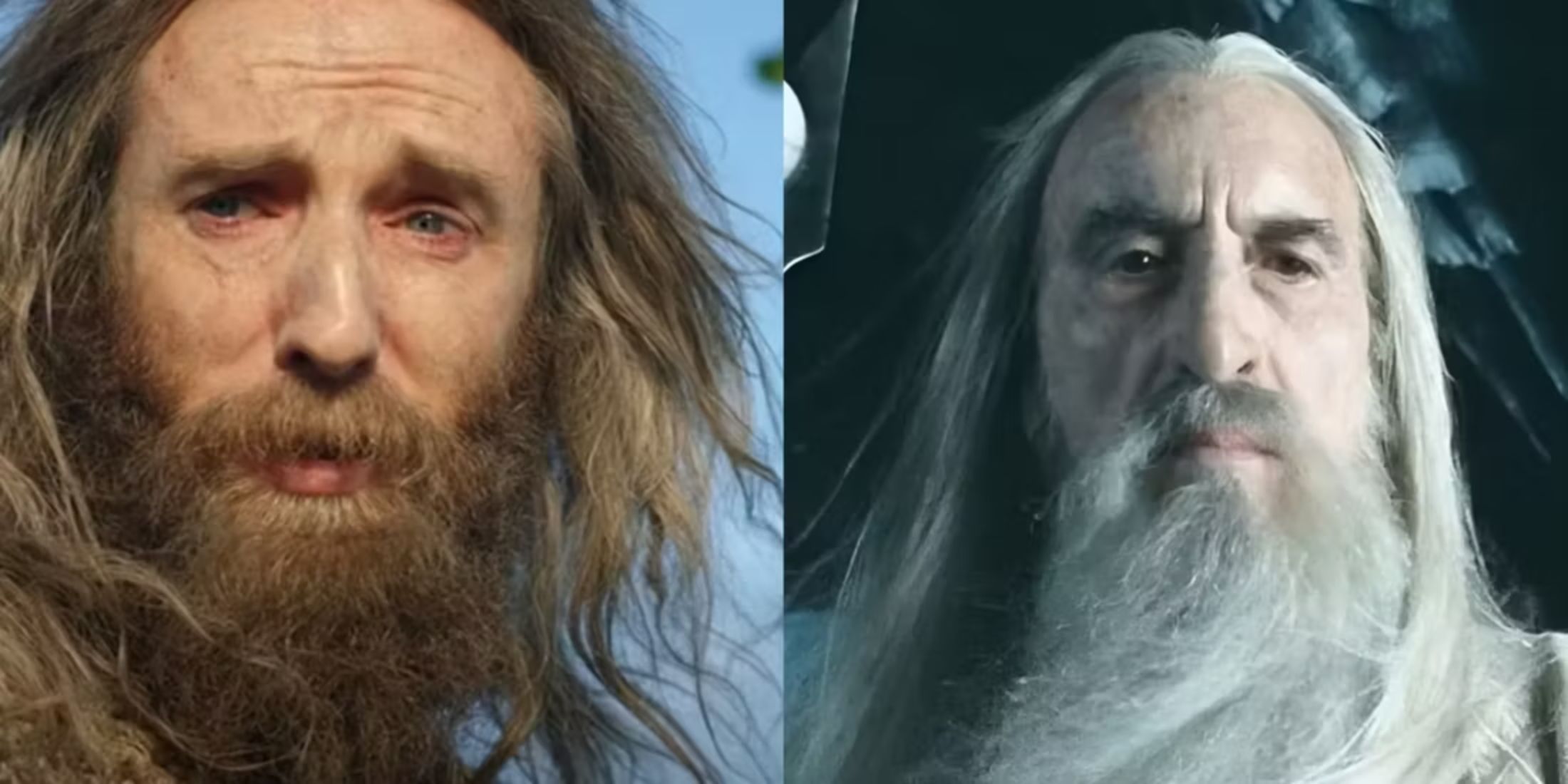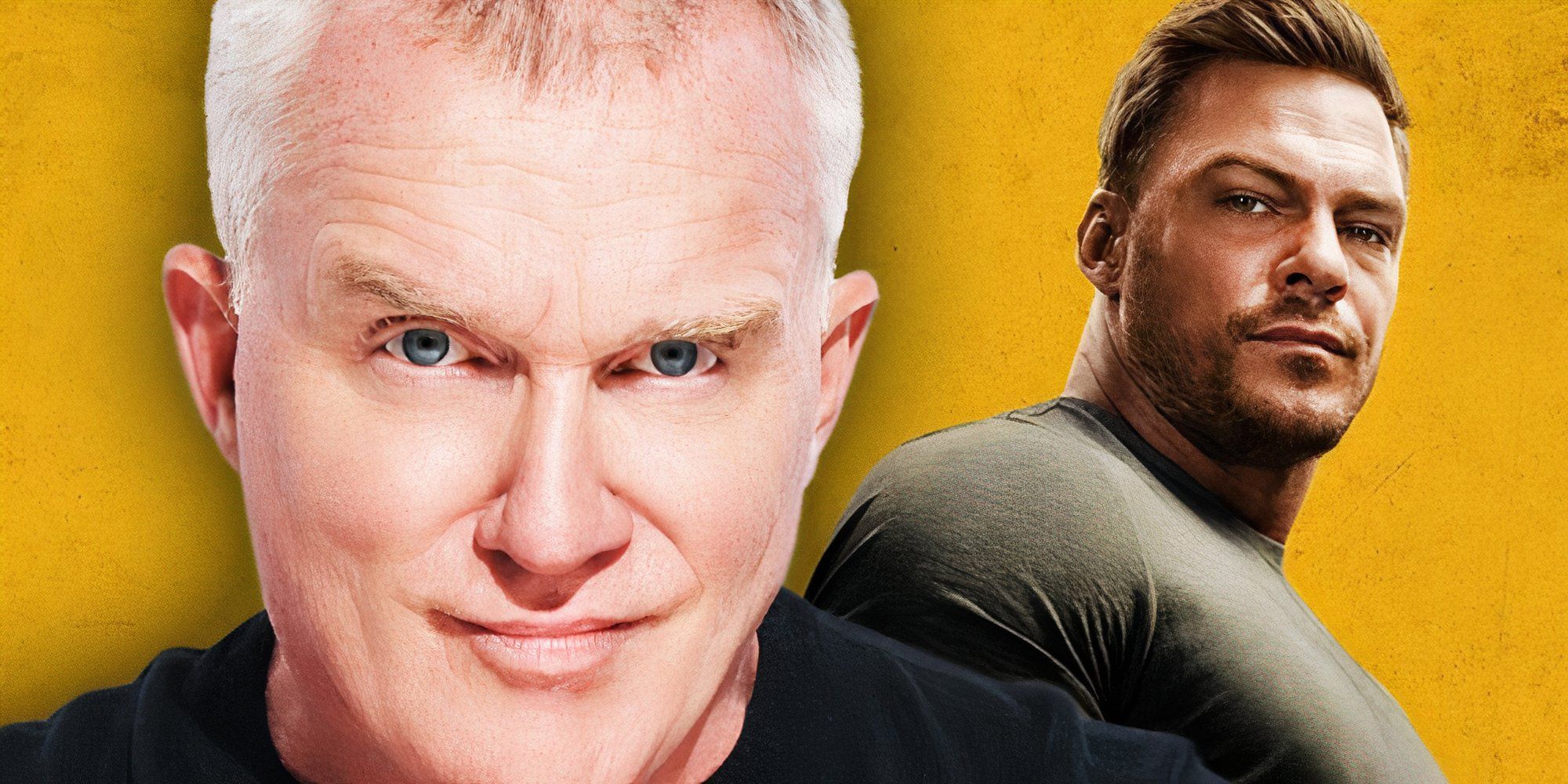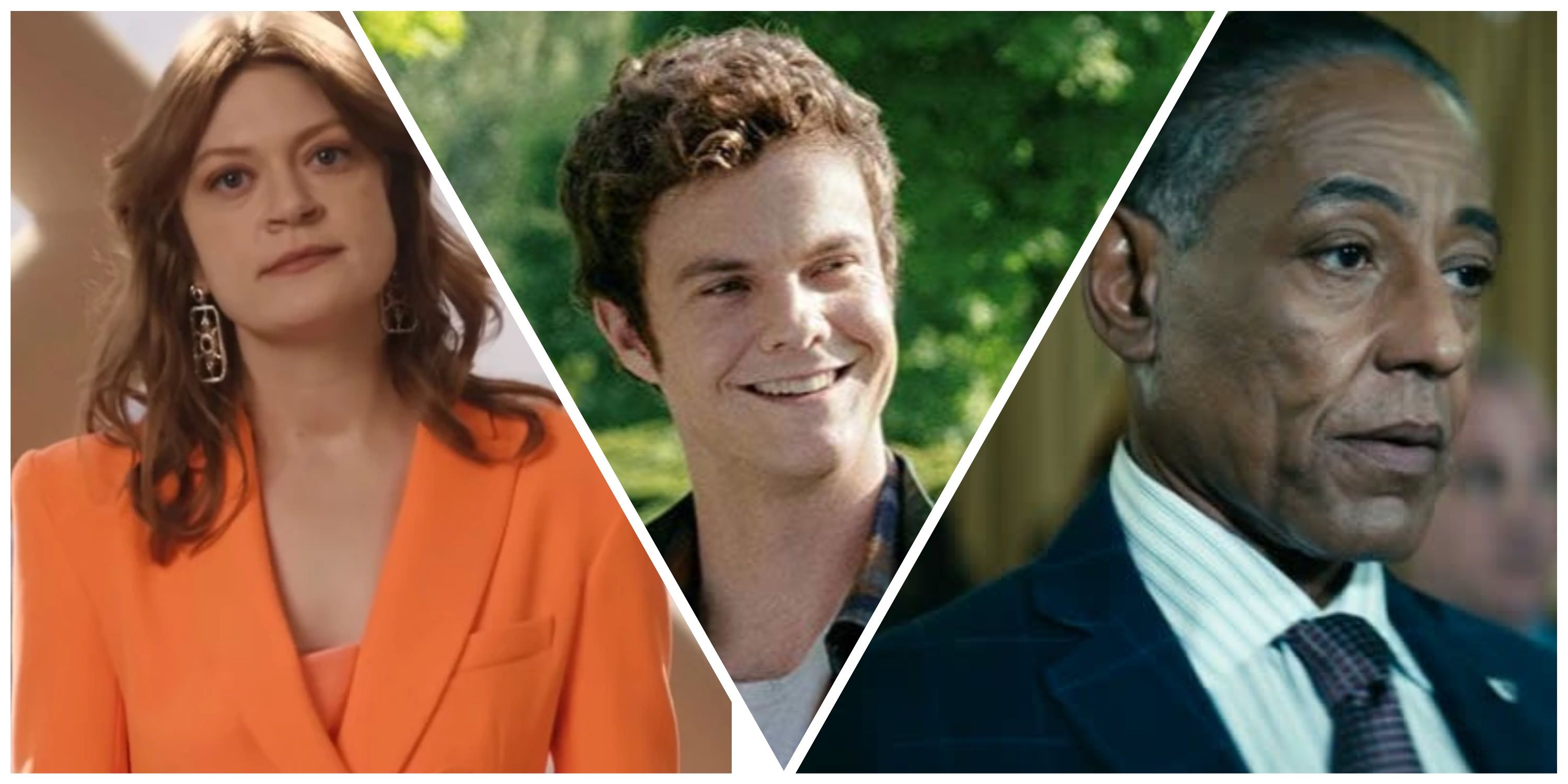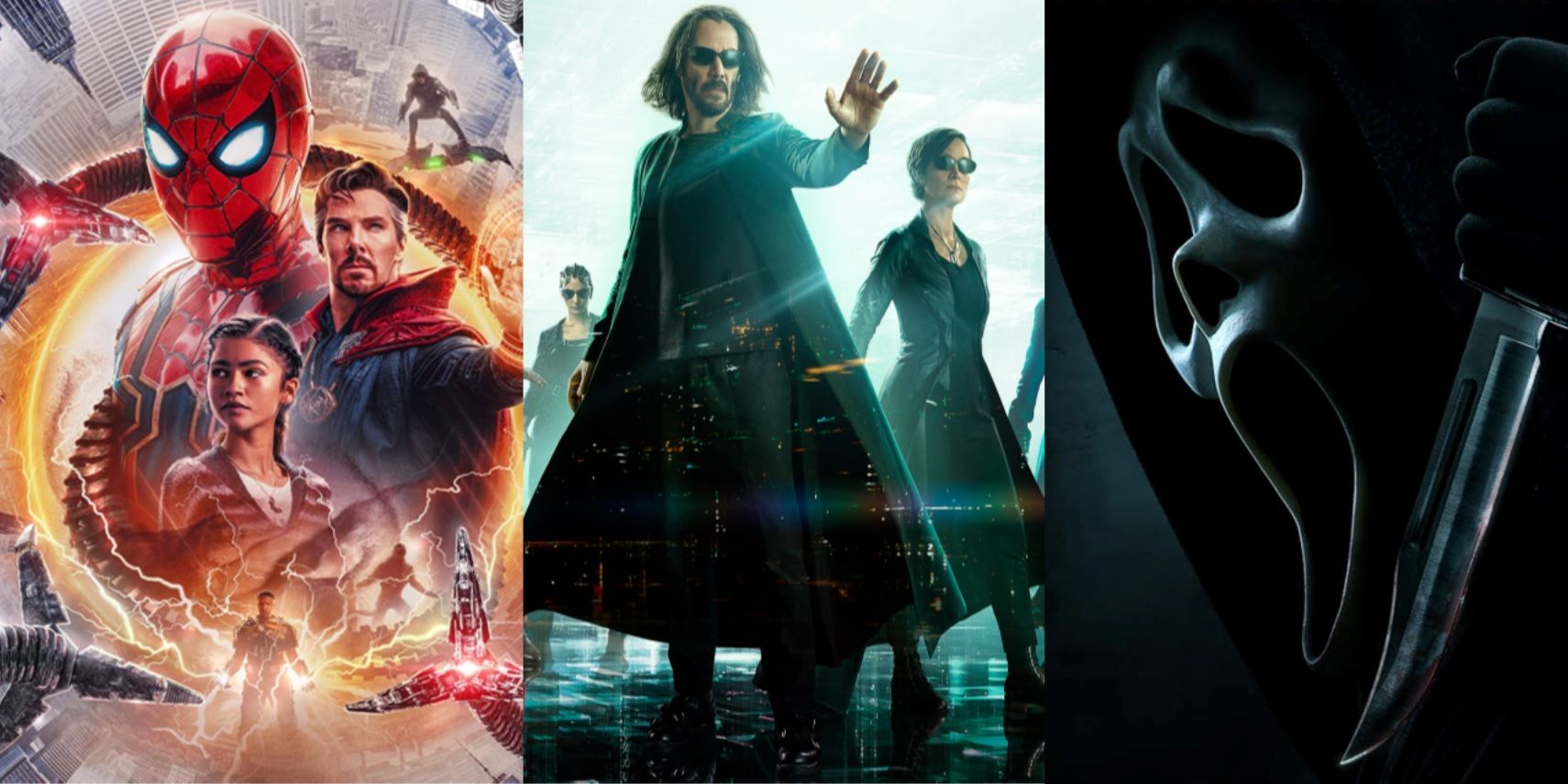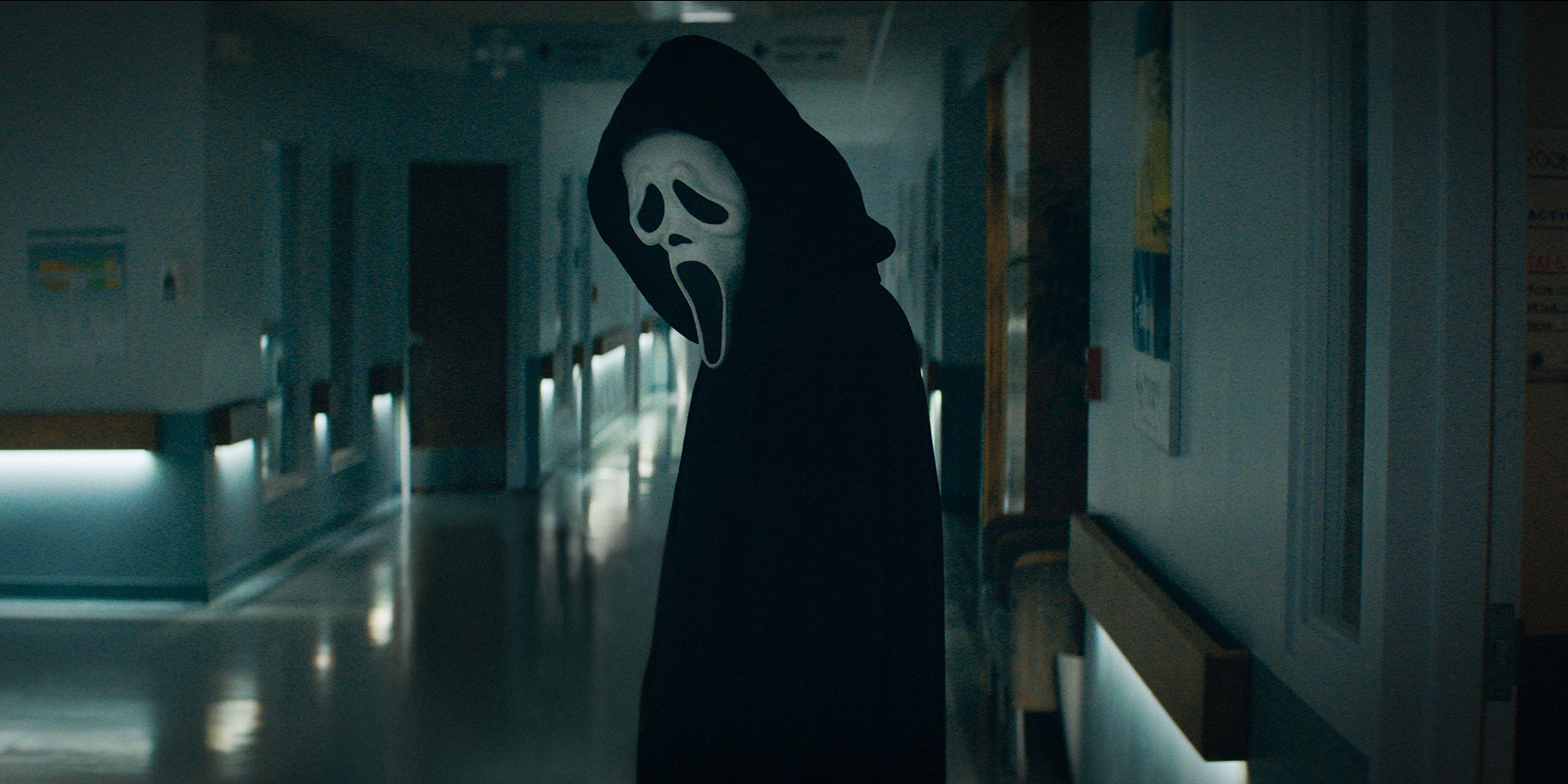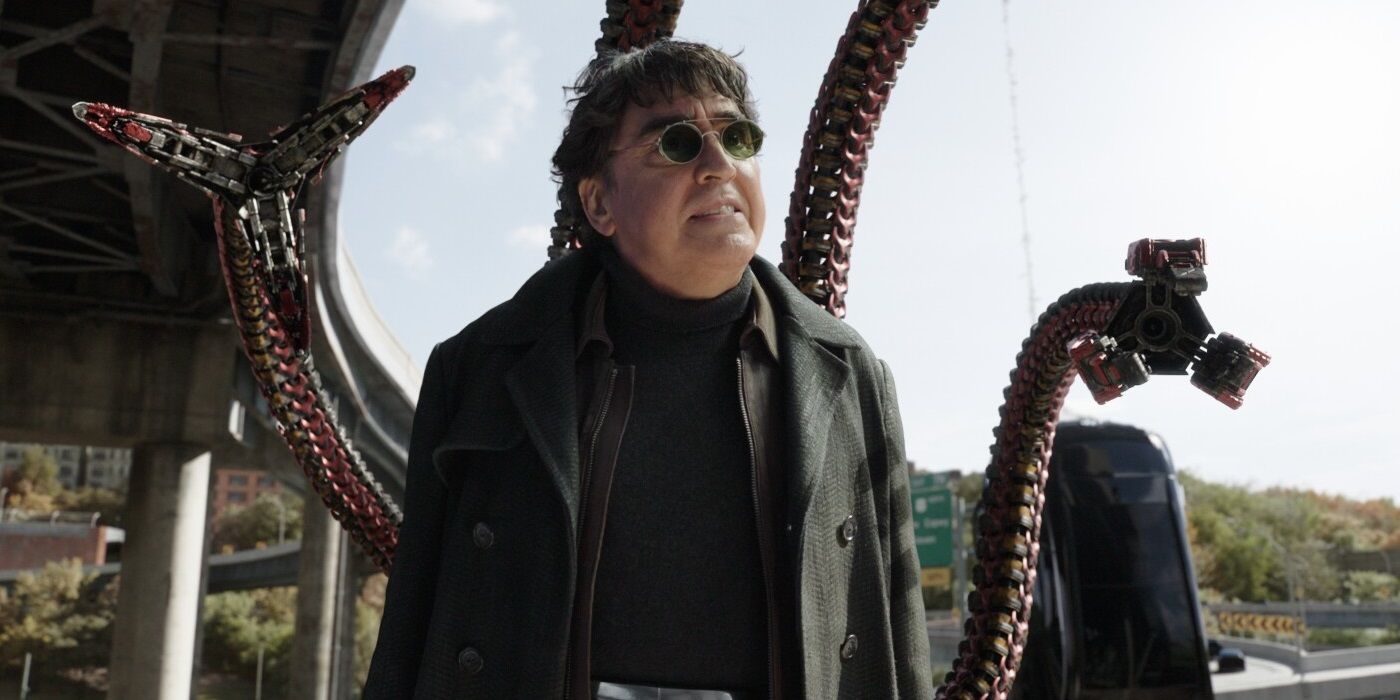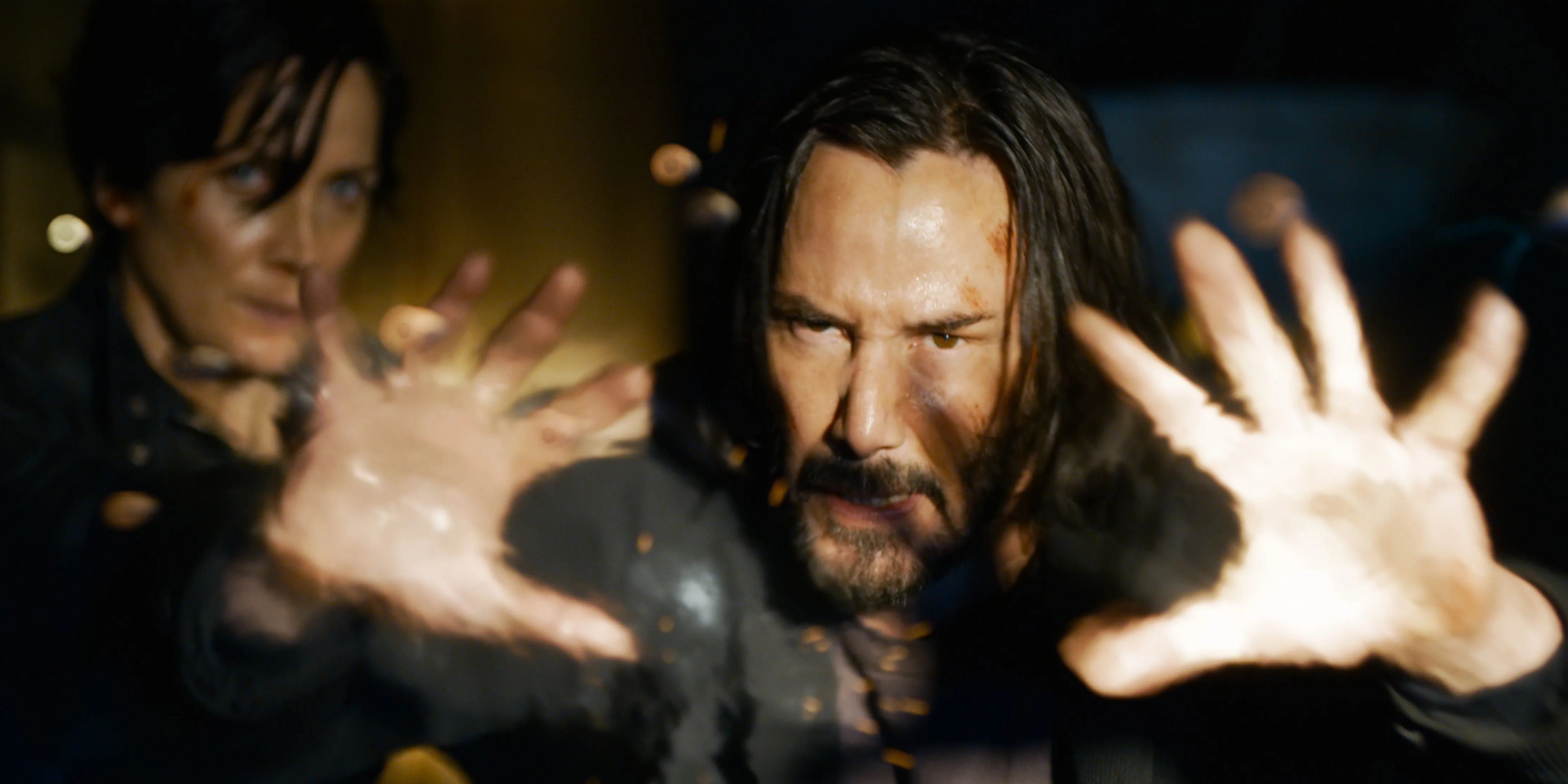Warning: This article contains spoilers for Scream, Spider-Man: No Way Home, and The Matrix Resurrections.
Franchises have been the dominant force in Hollywood for a couple of decades now. Original stories are fading into obscurity as audiences find comfort in familiar characters and serialized narratives. Traditionally, sequels tell a new story about the same characters while trying to recapture what worked in the first one. The earliest franchises from the 1960s, like James Bond and Planet of the Apes, were straightforward episodic adventures.
That all changed with 1980's The Empire Strikes Back, George Lucas’ follow-up to Star Wars, one of the first major Hollywood sequels that required audiences to be familiar with the previous movie. If audiences weren’t familiar with the original Star Wars film (which wasn’t much of a gamble, since it was by far the biggest movie in the world), they wouldn’t be able to follow Empire’s plot turns. As linear sagas like Star Wars have given way to shared cinematic universes like the MCU, studios have relied more and more on the audience’s familiarity with their intellectual properties.
With the big studio tentpoles of this past winter season, Hollywood has defined an all-new kind of sequel. Over the past couple of months, Scream, The Matrix Resurrections, and Spider-Man: No Way Home have all used the legacy of their own franchises as a major plot point. Five years after Deadpool made meta-ness cool, self-aware sequels like the fourth Matrix movie, the fifth Scream movie, and the third movie of the third version of the Spider-Man franchise were inevitable. As long as the audience is guaranteed to come in with a deep love and appreciation for the source material, then filmmakers might as well go all in with the callbacks.
Scream Brands Itself A “Requel”
The latest Scream movie isn’t the first to embrace meta-ness. The franchise has famously been meta from the very beginning. The 1996 original revamped the slasher formula with a whodunit angle, but even more subversively, it took a self-aware approach to its cliché-ridden storytelling. The characters are familiar with the kind of blood-soaked horror movie they’re living out, and the killers turn out to be inspired by them.
After the original movie tackled slashers in general (and teased, “These days, ya gotta have a sequel!”), each Scream sequel has lampooned a different type of horror sequel. Scream 2 parodied repetitive, formulaic sequels; Scream 3 parodied the trilogy-closers that needlessly pull the storylines together; Scream 4 parodied remakes that rehash familiar storylines; and the fifth installment, titled Scream in yet another meta nod to the audience, parodies “requels.”
“Requel” is a term coined by the new Scream movie itself. The Randy Meeks stand-in out of the fresh batch of teenage knife fodder explains that a “requel” is somewhere between a reboot and a sequel. It’s a reboot in that it revitalizes a stale franchise for a modern generation with a new cast of characters, but it’s also a sequel in that it directly follows the continuity of the original series and features a handful of “legacy characters” as fan service.
Like Ghostbusters: Afterlife, another recent legacy-focused sequel, 2022’s Scream is dedicated to honoring one of the early pioneers that spearheaded the franchise. In Afterlife, Harold Ramis’ legacy is honored with a CGI ghost and a granddaughter to carry his character’s torch. In Scream, the franchise’s first entry not directed by the late, great Wes Craven, Craven’s legacy is honored with a character named Wes and a climactic sequence set at Wes’ booze-soaked memorial service, with a huge “For Wes” banner hanging in the background.
No Way Home Might Be The Most Ambitious Franchise Crossover Ever
In a popular meme template, Avengers: Infinity War is named as the most ambitious movie franchise crossover event. In Infinity War, Kevin Feige pulled all the disparate Marvel franchises under one banner, but they all existed in the same universe already. No Way Home has taken the MCU’s franchise crossovers to a whole new ambitious level. All Thor had to do to meet the Guardians of the Galaxy in Infinity War was bump into them in space. In No Way Home, pre-MCU versions of the Spider-Man franchise collide with the current incarnation when Tom Holland’s Peter Parker interferes with one of Doctor Strange’s spells. This draws the Peter Parkers previously played by Tobey Maguire and Andrew Garfield – and the lion’s share of their villains – into the mainline MCU.
No previous franchise has pulled together different incarnations of itself like this. Audiences were desensitized to the idea of a live-action Spider-Verse when No Way Home hit theaters, thanks to months of rumors and speculation, but it’s an absurdly meta premise that could’ve easily gone horribly wrong, and Jon Watts managed to pull it off spectacularly. Instead of focusing too much on continuing the arcs of Maguire and Garfield’s Spider-Men, No Way Home uses the wisdom they can offer to bolster Holland’s own journey as Spidey. Focusing on Holland was the right choice for the story, but this is still a movie whose relationship with its audience is entirely unique.
Some scenes in No Way Home have a subtextual meaning based entirely on the IP crossover. Maguire assures Garfield, “You’re amazing,” a nod to both the titles of his Spider-Man movies and his undeserved reputation as the weakest on-screen incarnation of Spidey (he was a great Peter Parker hurt by poorly scripted movies). Before Maguire and Garfield’s Spider-Men return to their respective universes, Holland tries to thank them both for their efforts but can’t put it into words. The on-screen context of the scene is the MCU’s Peter Parker thanking his multiversal counterparts for putting their lives on the line to help him fix his latest grave mistake. But the subtext is Holland himself struggling to verbalize his appreciation to Maguire and Garfield for making his own tenure as Spider-Man on the big screen possible.
The Fourth Matrix Movie Is About Brainstorming A Fourth Matrix Movie
Set 60 years after the original trilogy, The Matrix Resurrections reveals that after Neo and Trinity’s supposed deaths, they were reincarnated in the Matrix. Back in his “Thomas Anderson” persona, Neo believes that the events of The Matrix trilogy are just the storylines of a hit video game he designed in the late ‘90s. In an early scene, Neo is told by his corporate superior – who is revealed to be a new incarnation of Agent Smith (whose performance pales in comparison to Hugo Weaving) – that their parent company, Warner Bros., wants to make a sequel to The Matrix with or without him.
This reference isn’t veiled at all; the movie actually names its own studio as the corporate overlords forcing the creatives to make a cash-in sequel. It seems like a pretty overt admission from director Lana Wachowski that she only made the movie because Warner would’ve made an even worse fourth Matrix film otherwise. After Anderson agrees to develop a sequel to The Matrix trilogy, the movie fully indulges in the meta side of things. There’s a big chunk of The Matrix Resurrections set in a writers’ room with a team of creatives literally brainstorming what a fourth Matrix movie would be.
The action scenes in The Matrix Resurrections leave a lot to be desired, but the movie solidifies The Matrix as a love story. If nothing else, The Matrix Resurrections confirms that Neo wasn’t motivated by his grandiose destiny to be a messianic Christ figure; he was motivated by his love of Trinity. The reboot remains focused on the romance at the heart of the series and its finale suggests that Neo was never “The One,” and that maybe he and Trinity are “The Two” instead.
Scream, No Way Home, and The Matrix Resurrections all address their relationship with the audience head-on. Rather than creating a pretense for a well-worn series to keep going, they all dive unrelentingly into their own history. This is the beginning of either an exciting new chapter for blockbuster cinema or its slow, inevitable death.

